Polyurethane Waterproof Coatings: Features and Application Tips
- 01/03/2025
- yuruwaterproof.com
Polyurethane waterproof coatings have become an essential choice in the construction and building industry due to their outstanding durability and versatile applications. Whether you’re working on a roof, basement, or any other structure requiring effective waterproofing, understanding the key features, benefits, and proper installation techniques of these coatings is crucial. In this article, we’ll explore the performance characteristics of polyurethane waterproof coatings, their wide range of applications, and provide valuable insights into the best practices for successful installation. By the end, you’ll have a comprehensive understanding of why polyurethane coatings are an ideal solution for long-lasting waterproof protection in various construction projects.
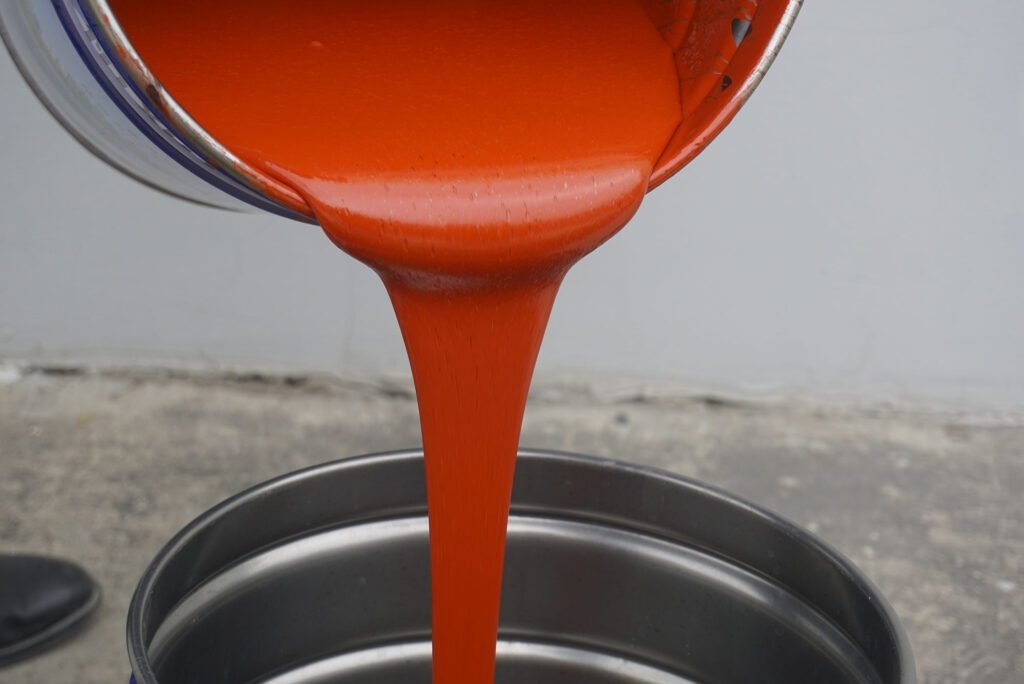
Basic Performance Characteristics of Polyurethane Waterproof Coatings
Polyurethane waterproof coatings are widely recognized for their exceptional performance in various environments. Their superior waterproofing, abrasion resistance, and corrosion resistance make them ideal for a range of construction projects. Below, we’ll focus on the key performance characteristics that make these coatings stand out:
Waterproofing Performance
Polyurethane coatings provide outstanding water-tightness, ensuring that water cannot penetrate the surface. This makes them highly effective in environments where moisture protection is critical, such as roofs, basements, and tunnels.
High and Low-Temperature Resistance
Polyurethane waterproof coatings are designed to remain stable under both high and low temperatures. This ability allows them to perform consistently in extreme climates, ensuring reliable waterproofing no matter the weather conditions.
Elasticity and Flexibility
One of the key advantages of polyurethane coatings is their elasticity and flexibility. After application, the coatings maintain excellent flexibility, allowing them to adapt to the expansion and contraction of the substrate. This ensures long-lasting protection, even in areas subject to frequent movement or temperature changes.
UV Resistance and Durability
Polyurethane coatings are resistant to UV rays, preventing degradation caused by prolonged sun exposure. This characteristic extends the lifespan of the coating, ensuring that it remains effective for years, even under harsh environmental conditions.
| Property | Feature |
| Waterproofing | Outstanding water-tightness to prevent moisture penetration |
| Temperature Resistance | Effective performance in both high and low temperatures |
| Elasticity | Excellent flexibility to accommodate substrate movement |
| UV Resistance | Protects against UV rays, preventing early wear and tear |
These key properties make polyurethane waterproof coatings an optimal choice for ensuring long-term protection and durability in various construction applications.
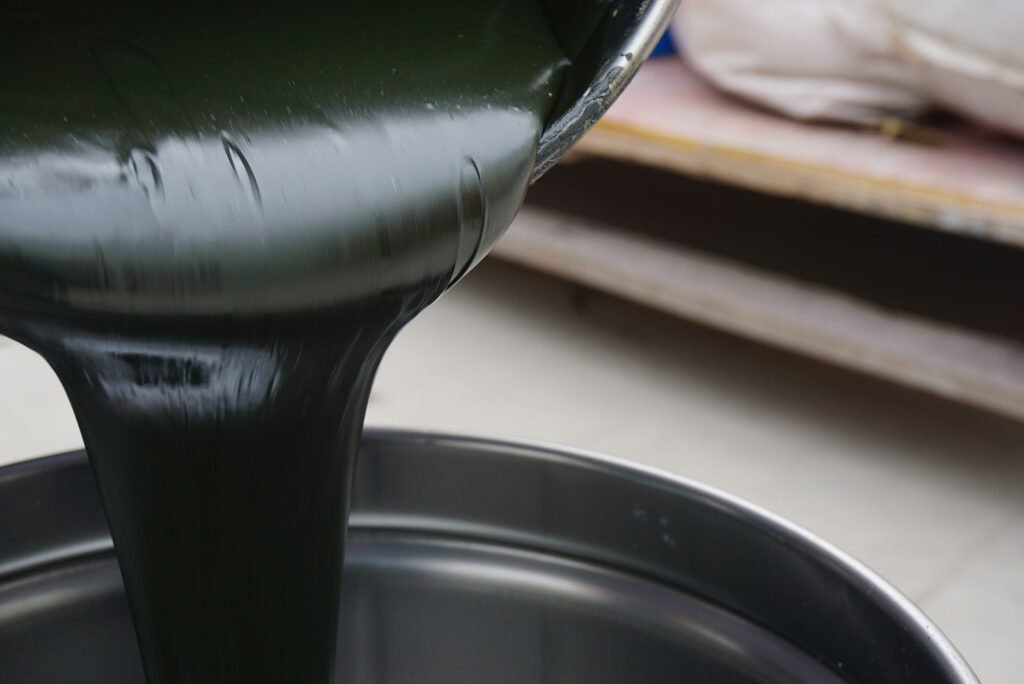
Applications of Polyurethane Waterproof Coatings
Polyurethane waterproof coatings are highly versatile and can be used in a wide range of construction and engineering environments. Below are some of the most common areas where polyurethane coatings are applied to ensure effective waterproofing:
Roof Waterproofing
Polyurethane coatings are commonly used for waterproofing flat and sloped roofs. They provide a seamless and durable protective layer that prevents water infiltration, making them an ideal solution for both residential and commercial roofing projects.
Underground Waterproofing
In underground structures such as basements and tunnels, polyurethane coatings are essential for waterproofing. Their ability to create a continuous, impermeable barrier ensures that water does not penetrate, providing long-term protection against moisture-related issues.
Exterior Wall Waterproofing
Polyurethane coatings are also highly effective for exterior wall waterproofing. They prevent rainwater from seeping into the building, which helps protect the structure’s facade and maintain the integrity of the building over time.
Wet Area Waterproofing (Bathrooms, Kitchens, etc.)
In areas exposed to high humidity, such as bathrooms and kitchens, polyurethane coatings are used to prevent water leakage and enhance waterproofing performance. They provide a reliable solution to protect walls and floors from water damage.
Bridge and Road Waterproofing
Polyurethane coatings offer strong water resistance, making them ideal for infrastructure projects like bridges and roadways. These coatings help extend the lifespan of such structures by preventing water damage that can lead to rusting and deterioration of the materials.
| Application Area | Description |
| Roof Waterproofing | Protects flat and sloped roofs from water penetration |
| Underground Waterproofing | Ensures waterproofing in basements, tunnels, and underground structures |
| Exterior Wall Waterproofing | Prevents rainwater seepage and protects building facades |
| Wet Area Waterproofing | Used in bathrooms, kitchens, and other damp environments to prevent leakage |
| Bridge and Road Waterproofing | Enhances durability and extends the lifespan of infrastructure projects |
These applications demonstrate the versatility and reliability of polyurethane waterproof coatings across various sectors, making them an essential choice for effective moisture protection.
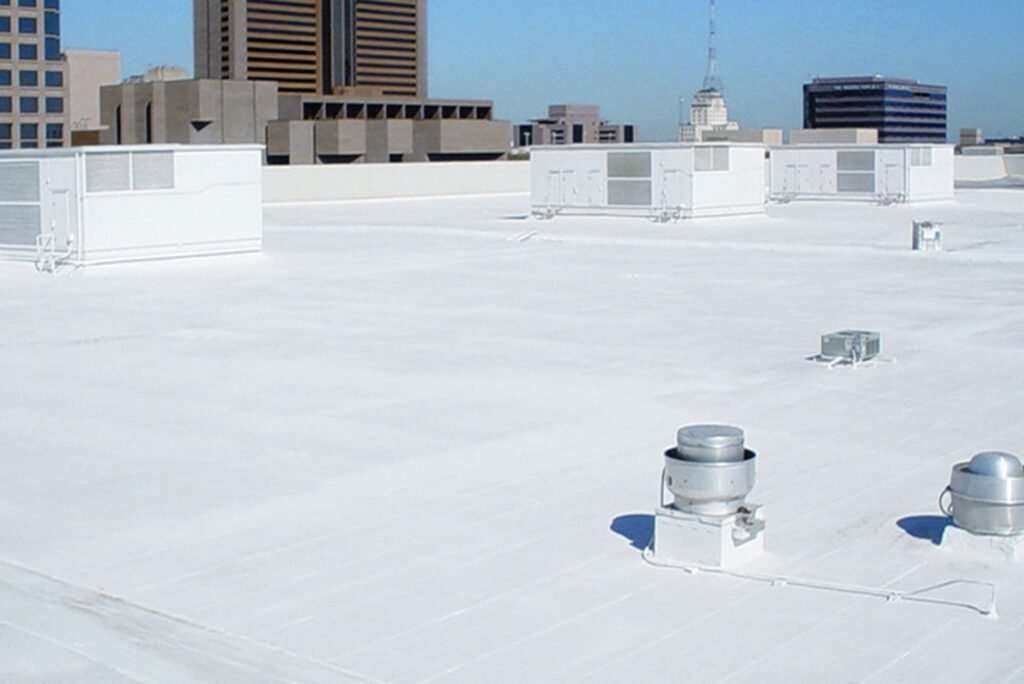
Key Installation Tips for Polyurethane Waterproof Coatings
Proper installation is crucial to ensuring the long-term performance of polyurethane waterproof coatings. Below are the essential installation tips that should be followed for optimal results:
Surface Preparation
Before applying the polyurethane coating, the surface must be thoroughly cleaned and repaired. This ensures proper adhesion between the coating and the substrate, preventing issues such as peeling or water infiltration. All dirt, dust, oil, and other contaminants should be removed, and any cracks or damage should be repaired to provide a smooth, stable surface.
Coating Thickness
It is important to control the thickness of the coating according to the specific requirements of the project. Applying the right thickness ensures maximum waterproofing effectiveness. If the coating is too thin, it may fail to provide adequate protection. Conversely, an overly thick coat can lead to cracking and reduced flexibility. Typically, a recommended thickness should be maintained based on manufacturer guidelines.
Application Method
Polyurethane coatings can be applied using different methods such as spraying, brushing, or rolling. The application method chosen will depend on the project’s size, the substrate, and environmental conditions. Regardless of the method, it’s essential to ensure that the coating is applied evenly to avoid weak spots that might compromise waterproofing.
Curing Time
After the coating is applied, proper curing time must be observed. The coating must be left to fully cure before exposing it to water or physical contact. Premature exposure to moisture or mechanical stress can undermine the coating’s performance and durability. The curing time varies depending on temperature and humidity, so it’s important to follow the manufacturer’s instructions.
Temperature and Humidity Control
Weather conditions can significantly affect the application of polyurethane coatings. During installation, temperature and humidity should be carefully monitored. High temperatures can cause the coating to dry too quickly, affecting its adhesion and flexibility. On the other hand, excessive humidity or cold weather can slow down the curing process, delaying the waterproofing effect. It’s crucial to choose an appropriate day for application and, if necessary, adjust the schedule based on weather forecasts.
| Installation Tip | Description |
| Surface Preparation | Clean and repair the surface to ensure strong adhesion |
| Coating Thickness | Apply the recommended coating thickness to ensure proper protection |
| Application Method | Choose between spraying, brushing, or rolling for even coverage |
| Curing Time | Allow sufficient curing time before exposure to moisture or external forces |
| Temperature & Humidity Control | Monitor weather conditions to ensure optimal application and curing |
By following these key installation tips, you can ensure that polyurethane waterproof coatings deliver their full potential in terms of performance and longevity.
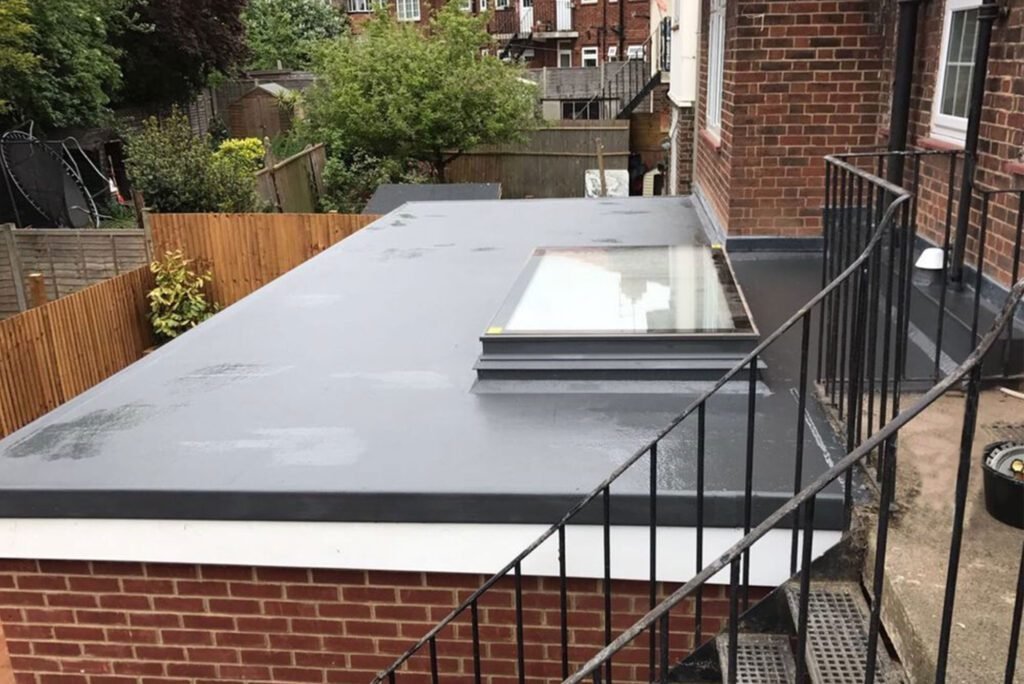
Maintenance and Care of Polyurethane Waterproof Coatings
To ensure the long-lasting effectiveness of polyurethane waterproof coatings, proper maintenance and care are essential. Regular upkeep will help preserve their protective qualities and extend their service life. Here are the key maintenance practices:
Regular Inspections
It’s crucial to periodically check the coating for any signs of damage, such as cracks, wear, or aging. Timely identification of these issues allows for early intervention and repairs, preventing further damage. Regular inspections can help detect areas that might need re-coating or patching, ensuring the continuous waterproofing performance of the surface.
Cleaning the Coating Surface
Keeping the coating surface clean is essential to maintain its integrity. Accumulated dirt, dust, and other contaminants can interfere with the coating’s protective function. Regular cleaning will help prevent the buildup of such materials, ensuring the coating remains fully functional and intact. Use non-abrasive cleaning methods to avoid damaging the coating.
Avoiding Excessive Friction
Minimize mechanical friction or contact with abrasive materials on the coated surface. While polyurethane coatings are durable, continuous friction can cause wear and reduce their protective properties. To ensure the coating remains effective, avoid dragging heavy objects across the surface and implement protective measures if needed.
Preventing Prolonged UV Exposure
Although polyurethane coatings are UV resistant, prolonged exposure to direct sunlight can still degrade the material over time. To prolong the lifespan of the coating, consider providing some form of shade or additional UV protection, such as a UV-resistant topcoat. This extra layer of protection helps maintain the coating’s durability and prevents premature aging.
By adhering to these maintenance practices, you can significantly extend the life of polyurethane waterproof coatings and ensure their continued high performance in protecting structures from water damage.
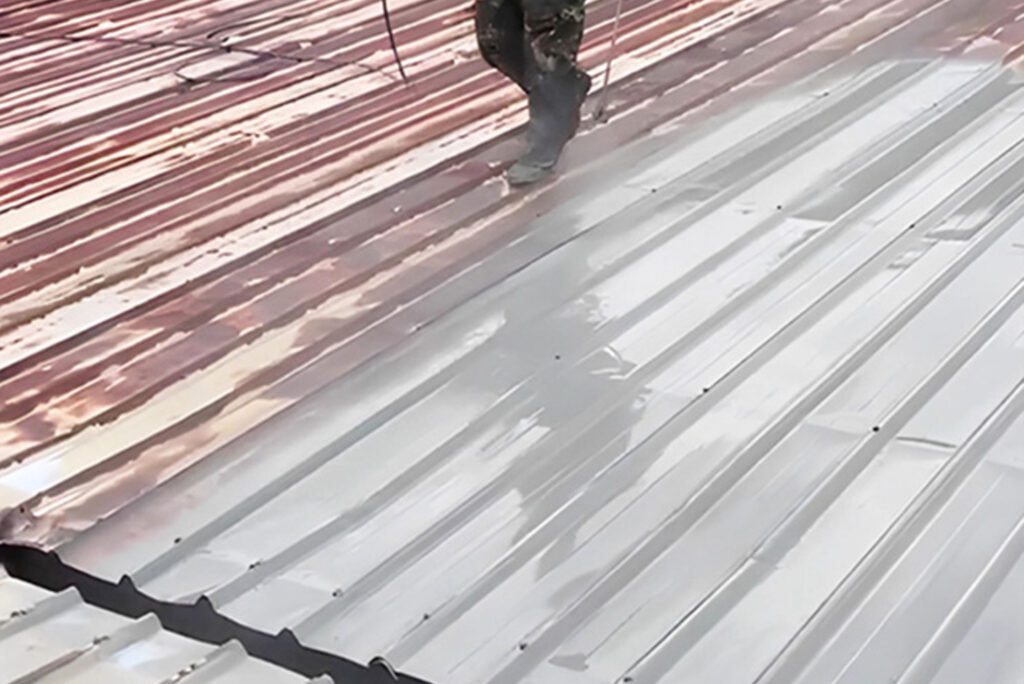
Environmental and Safety Benefits of Polyurethane Waterproof Coatings
Polyurethane waterproof coatings not only deliver excellent waterproofing performance but also offer significant advantages in terms of environmental sustainability and safety. Below are the key eco-friendly and safety features that make polyurethane coatings a responsible choice:
Low VOC Emissions
Modern polyurethane waterproof coatings are designed with low volatile organic compound (VOC) emissions, making them compliant with stringent environmental standards. The reduced VOC content minimizes air pollution during and after application, making these coatings an environmentally friendly option for construction projects.
Non-Toxic and Safe
Certified polyurethane coatings are non-toxic and pose no harm to human health. They are safe for use in various environments, including residential, commercial, and industrial spaces. This makes them an ideal choice for buildings and structures where occupants’ safety and health are a priority.
Long-Lasting Protection
Once applied, polyurethane coatings offer long-lasting protection, which means fewer reapplications over time. This reduces the environmental burden of constant re-coating, leading to less material waste and fewer chemicals released into the environment. A single well-applied coat can last for years, providing sustainable protection.
Recyclability
Some polyurethane waterproof coatings are recyclable, supporting the principles of green building and sustainability. By choosing recyclable coatings, builders contribute to reducing waste and promoting the reuse of materials, in line with green construction standards.
| Environmental/Safety Feature | Description |
| Low VOC Emissions | Reduced VOC content for minimal air pollution and compliance with environmental standards |
| Non-Toxic and Safe | Safe for human health and suitable for various environments |
| Long-Lasting Protection | Fewer reapplications required, reducing material waste and environmental impact |
These environmental and safety advantages make polyurethane waterproof coatings an excellent choice for projects that prioritize both performance and sustainability, contributing to greener, healthier buildings.
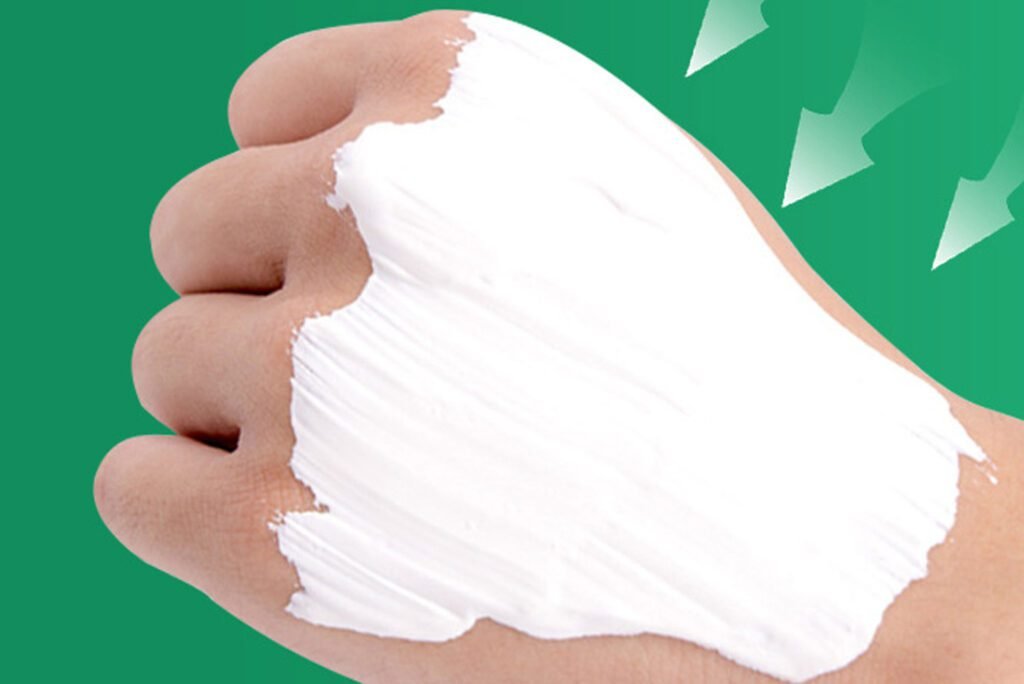
Conclusion
In conclusion, polyurethane waterproof coatings offer unparalleled performance in protecting structures from water damage. Their exceptional waterproofing ability, durability, and versatility make them a top choice for a wide range of construction applications, from roofs to underground tunnels and bridges. Proper installation and regular maintenance ensure long-lasting protection, while their eco-friendly properties align with modern building standards.
At YURU Waterproof, we are committed to providing high-quality polyurethane waterproof coatings tailored to your specific needs. Our coatings not only deliver superior performance but also meet environmental and safety standards, making them the ideal solution for any construction project. With our expertise in waterproofing solutions, you can trust YURU Waterproof to safeguard your investments and ensure the longevity of your structures.
Let YURU Waterproof help you achieve the highest level of protection for your projects with polyurethane waterproof coatings that stand the test of time.
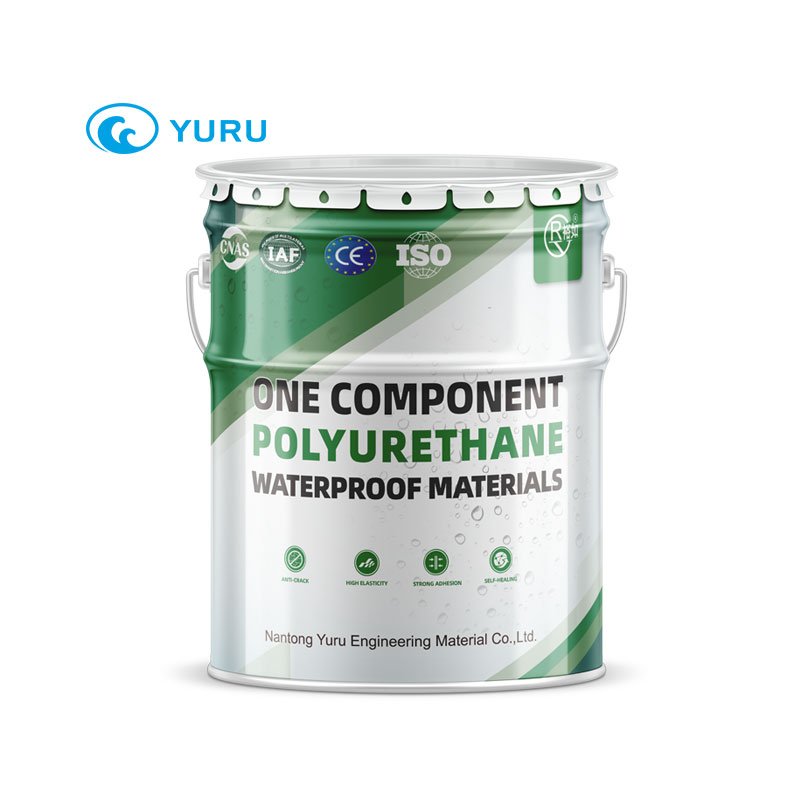


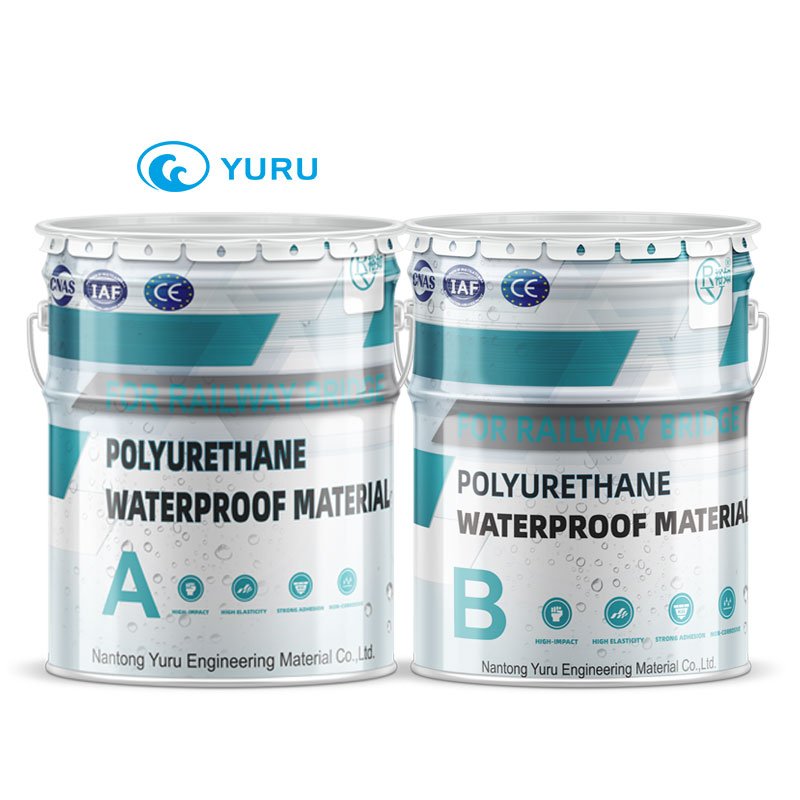
Waterproof Coating
- One-component oil-based polyurethane waterproof coating
- One-component water-based polyurethane waterproof coating
- Two-component polyurethane waterproof coating
- Two-component 6.0Mpa polyurethane waterproof coating
- Transparent Waterproof Glue
- Nano Invisible Waterproof Agent
- Silicone Waterproof Coating
- Acrylic Waterproof Coating For Metal Roof
- JS Polymer Waterproof Coating
- High Elastic Liquid Rubber Waterproof Coating
- Cement-based Penetrating Crystallization Waterproof Coating
